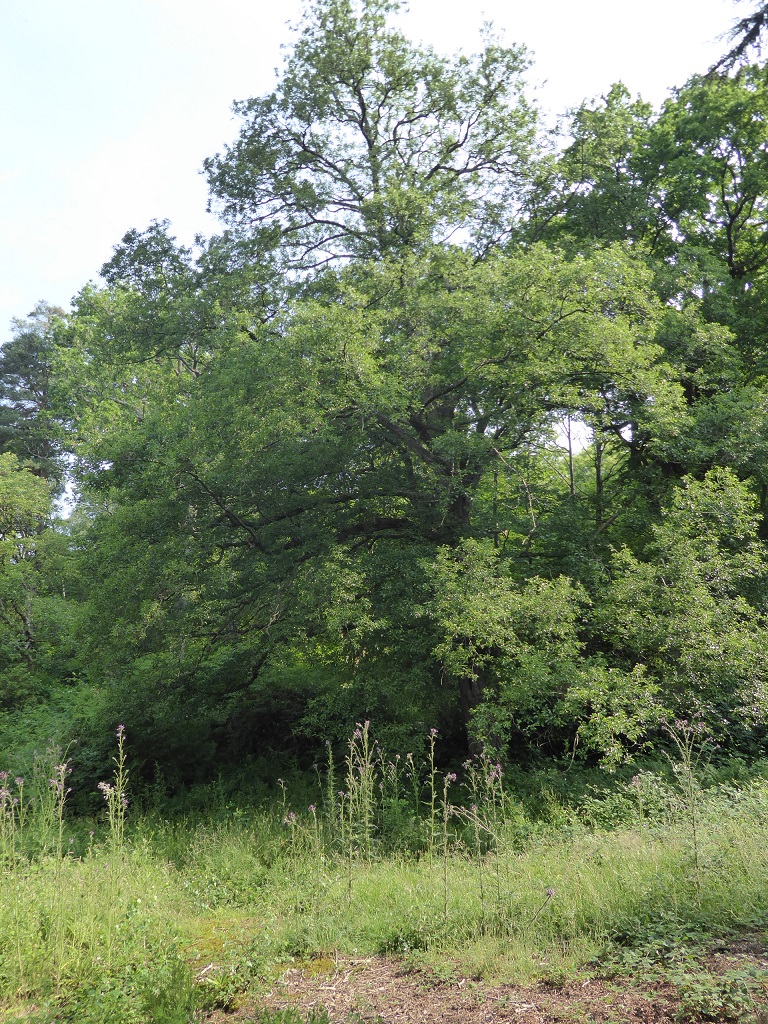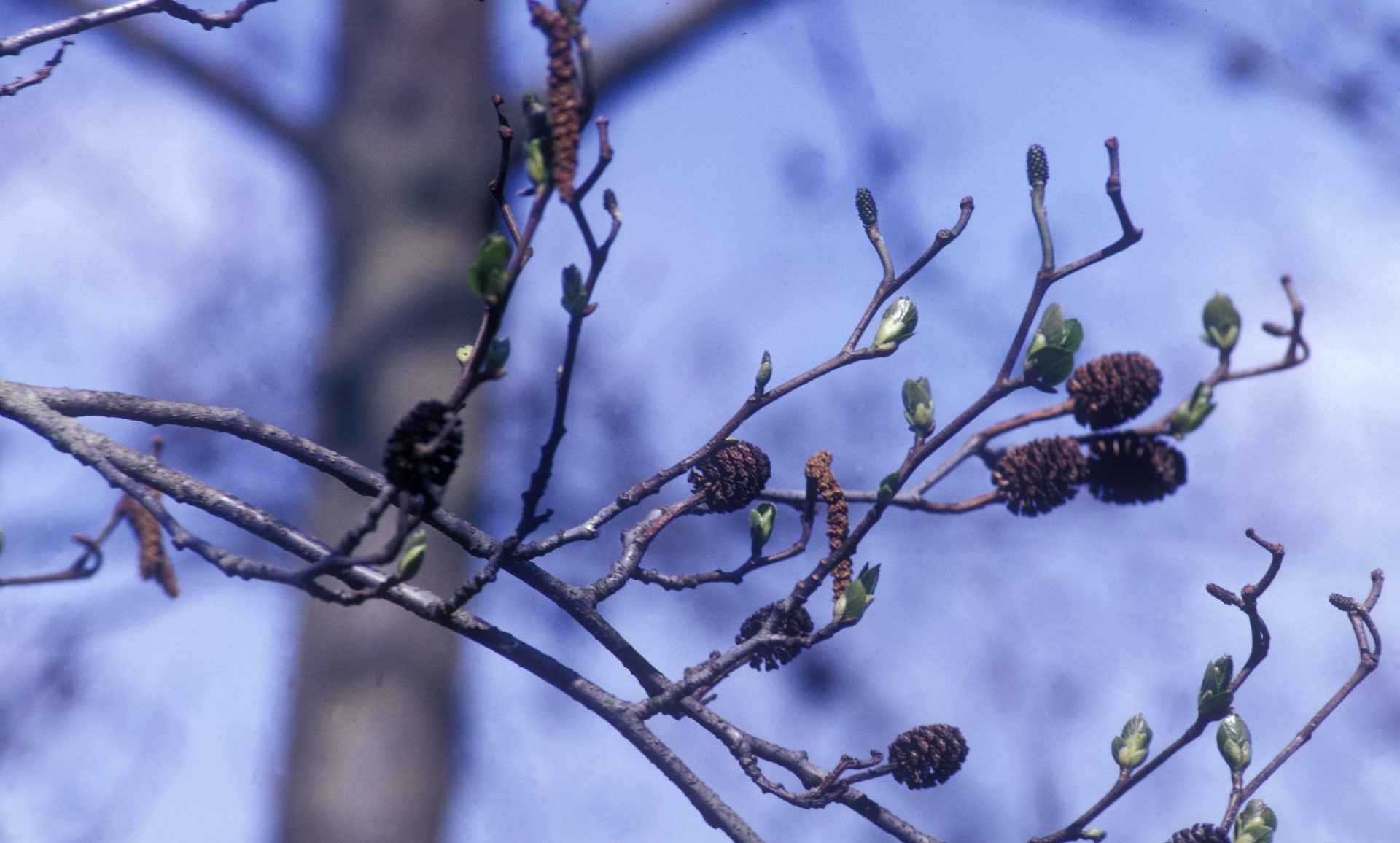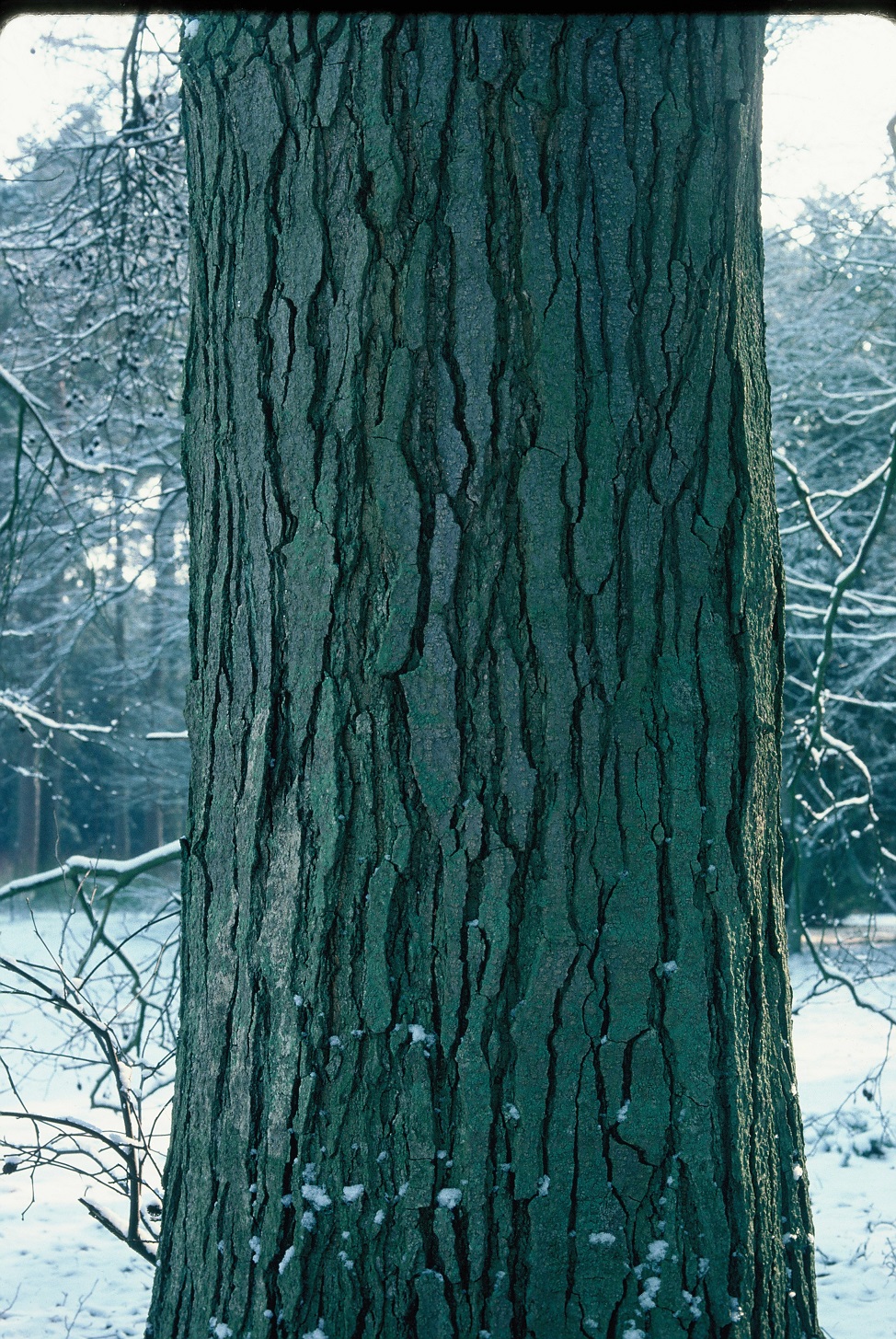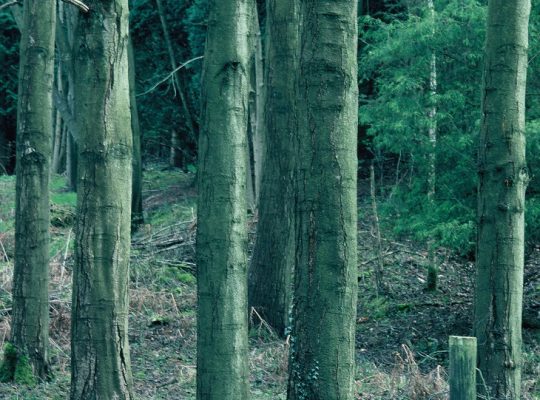Italian alder (IAR)
Italian alder is one of around 35 species in the genus Alnus mainly growing in northern temperate forests with a few in central and southern America. Italian alder has a restricted range in Italy and Corsica but has been widely planted elsewhere.
All alders have a symbiotic relationship with Actinomyces alni (syn. Frankia alni) a bacterium that produces nitrogen fixing nodules on the roots. This ability offers alders, in general, a place in establishing trees on challenging sites, assisting in forest diversification in conifer plantations and as a nurse for more demanding species.
Italian alder is a species which may benefit from climate warming since its tolerance of drier soils and alkaline conditions could be valuable in areas of eastern Britain where drought risk may increase.
Italian alder is categorised as a Secondary tree species. These are a group that have demonstrated positive silvicultural characteristics in trial plots but gaps in knowledge constrain wider use. The species are being actively evaluated to increase understanding and inform future deployment.





Range
Native to sub-montane regions of the Mediterranean in southern Italy and Corsica up to 1400 m above sea level.
Provenance Choice
Only a few trial plantations have been established in Britain and no provenance studies have been undertaken; seed from good stands in Britain or its natural range should be preferred.
Site Requirements
Italian alder is a light demanding species and has grown to the largest size of any alder planted in Britain. It is less demanding than most alders that prefer riparian, alluvial sites. Italian alder has a broad tolerance of soil conditions growing well on dry, shallow calcareous soils performing best on deep chalky soils. It is not suited to peats or soils of very poor nutrient status.
In its natural range rainfall is generally less than 600 mm and there is a long summer dry season. Isolated plots in western Britain have shown good growth, but it is probably best suited to warmer lowland areas. It is cold hardy to about – 25 °C, withstands frost, and is moderately tolerant of exposure. Best growth is on slightly dry to moist soils of poor or medium moisture status.
Further detail on the site requirements of Italian alder in current and future climates can be examined using the Forest Research Ecological Site Classification Decision Support System (ESC).
ECOLOGICAL SITE CLASSIFICATION TOOL
Silviculture
Italian alder is a light demanding pioneer species that can live to 100- years-old (60-100) and can reach a height of 28 m. It appears tolerant to exposure and pollution but can be susceptible to frost so avoid frost hollows. It is an attractive landscape tree and is popular for urban planting where some fine healthy specimens can be found.
Broad site tolerances make this a useful pioneer species in British conditions for demanding sites even with compact anaerobic soils. It may be best suited to establishing new woodland in single species stands where site conditions are demanding e.g., reclamation sites or exposed land. Suggested planting densities of 2500 per Ha are recommended to improve form and regular thinning to reduce crown competition for saw logs production on a rotation of 40-50 years.
Italian alder, as with other alders, can fix nitrogen which can make this a useful species in mixture as a nurse for example with more valuable broadleaves such as oak and walnuts. Its early vigorous growth can present problems with competition and regular maintenance (e.g., coppicing, pollarding) will likely be necessary to prevent damage to the target species. Coppicing is not totally reliable and general thoughts suggest a high stool c 30 cm to improve results. Italian alder could also act as a nurse in mixtures on calcareous soils.
As with other alders the timber is not durable, unless submerged, and its fast growth (YC 8-12 depending on site conditions) lends it toward biomass production in Short Rotation Forestry (SRF). SRF trials in England have indicated it was a good performer measured against a range of fast-growing conifer and broadleaved species.
Italian alder has been used in Agri-forestry systems as shelterbelts and may have a further role to play.
Pests and Pathogens
Some susceptibility to Phytophthora alni disease of alder, but less than black alder.
See our other tools and resources
Further Resources
External
In addition to the general sources of information for species the following are useful for Italian alder.
Ducci F. and Tani, A. (2009) EUFORGEN Technical Guidelines for genetic conservation and use of Italian alder (Alnus cordata). Bioversity International, Rome, Italy. 6 pages
Matthews, J. D. (1963) The silviculture of alders in Great Britain. Oxford Forestry Institute Occasional Papers 34: 29-38.
McKay, H.M. et al. (2022) Early performance of eight broadleaved species grown as short rotation forest in England. Forestry, (95) pp. 13-17.
Wilson, S.McG., Mason, W.L., Savill, P., and Jinks, R. (2018) Non-native alder species (Alnus spp.) Quarterly Journal of Forestry, 112 (3), 163-174.
White, J. and Gibbs, J.N. (2000) The value of alders to Britain. Quarterly Journal of Forestry. 94 (1), 23-28




